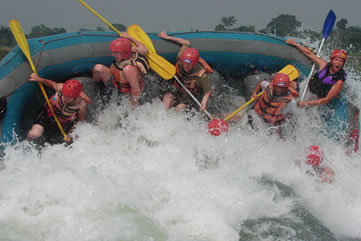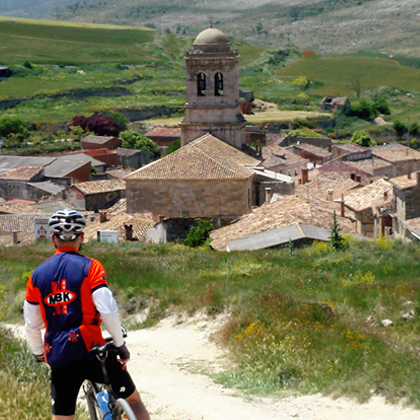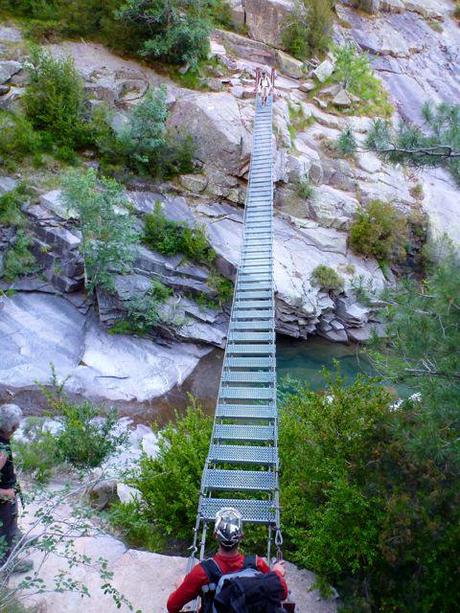The Nile: It's exotic, historic and, yes, somewhat daunting. But forget about those Egyptian cruise ships lazing their way along the river - if you're looking for a real Nile adventure, head to its source in Southwestern Uganda and get in a raft.
Location: Southwestern Uganda
Ideal Time Commitment: One To Two Days
Best Time of Year: Year Round
- Feeling the rush of some of the best class V white-water rafting on the planet.
- Glimpsing the untouched jungle and wild surroundings of the river.
- Witnessing mountain gorillas in their natural habitat in the far southwest of Uganda.
- Revelling in the wonder that you are standing at the source of the Nile- the longest river on the planet.
- Speeding through the jungle on a mountain bike- just another activity to experience in the adrenalin capital of Africa.
- Looking for crocodiles in the Nile- hopefully not when you are swimming in it!
The rapids there are graded class V- and since there's only one class above that, VI, you get the picture that this won't be a placid float down the river. You can expect big standing waves, rocks, drops, foaming hydraulics and plenty of white water. It's nothing that the raft, your guide, and hopefully you, can't handle.


.JPG)















,_Croatia.jpg)